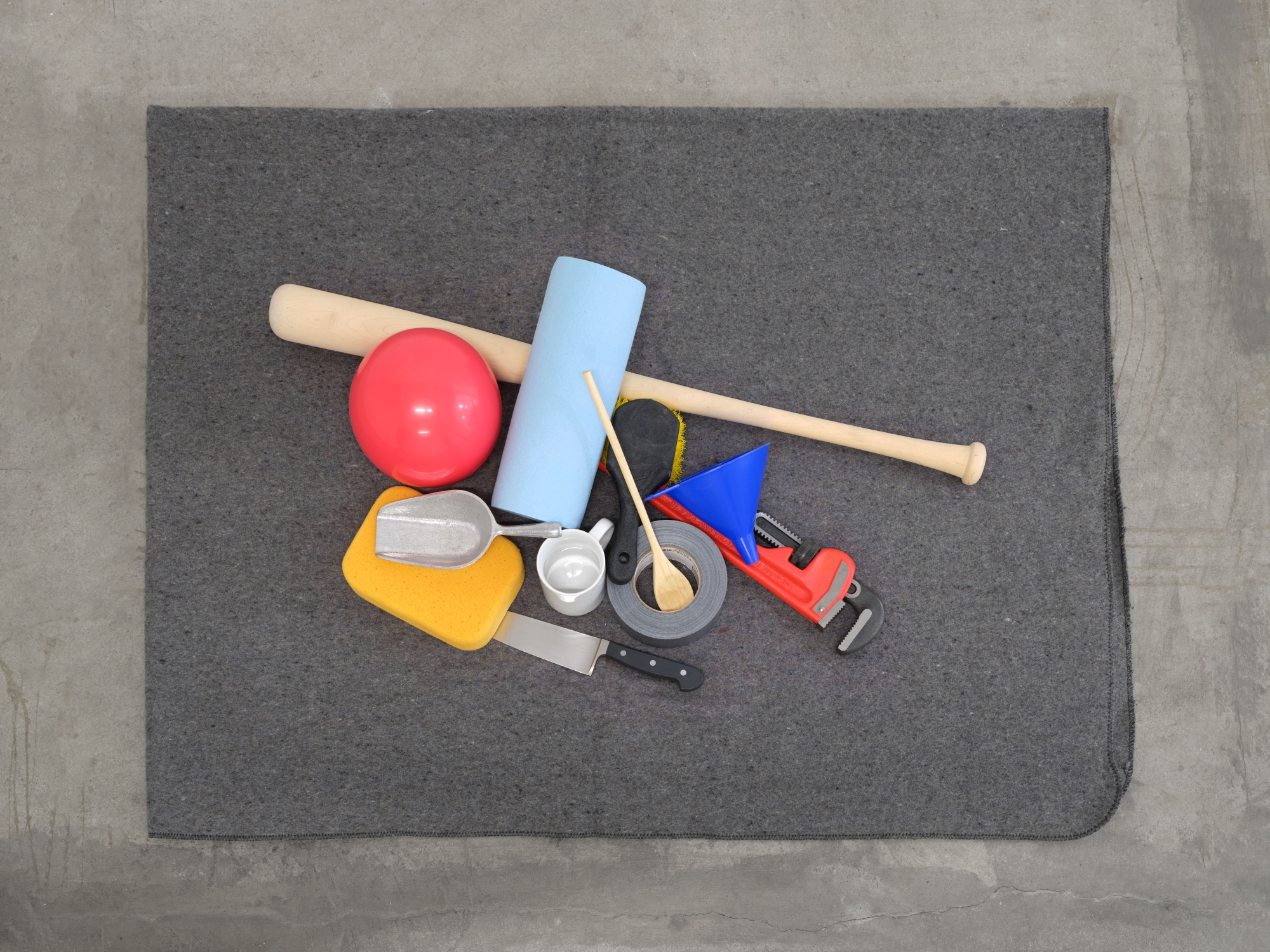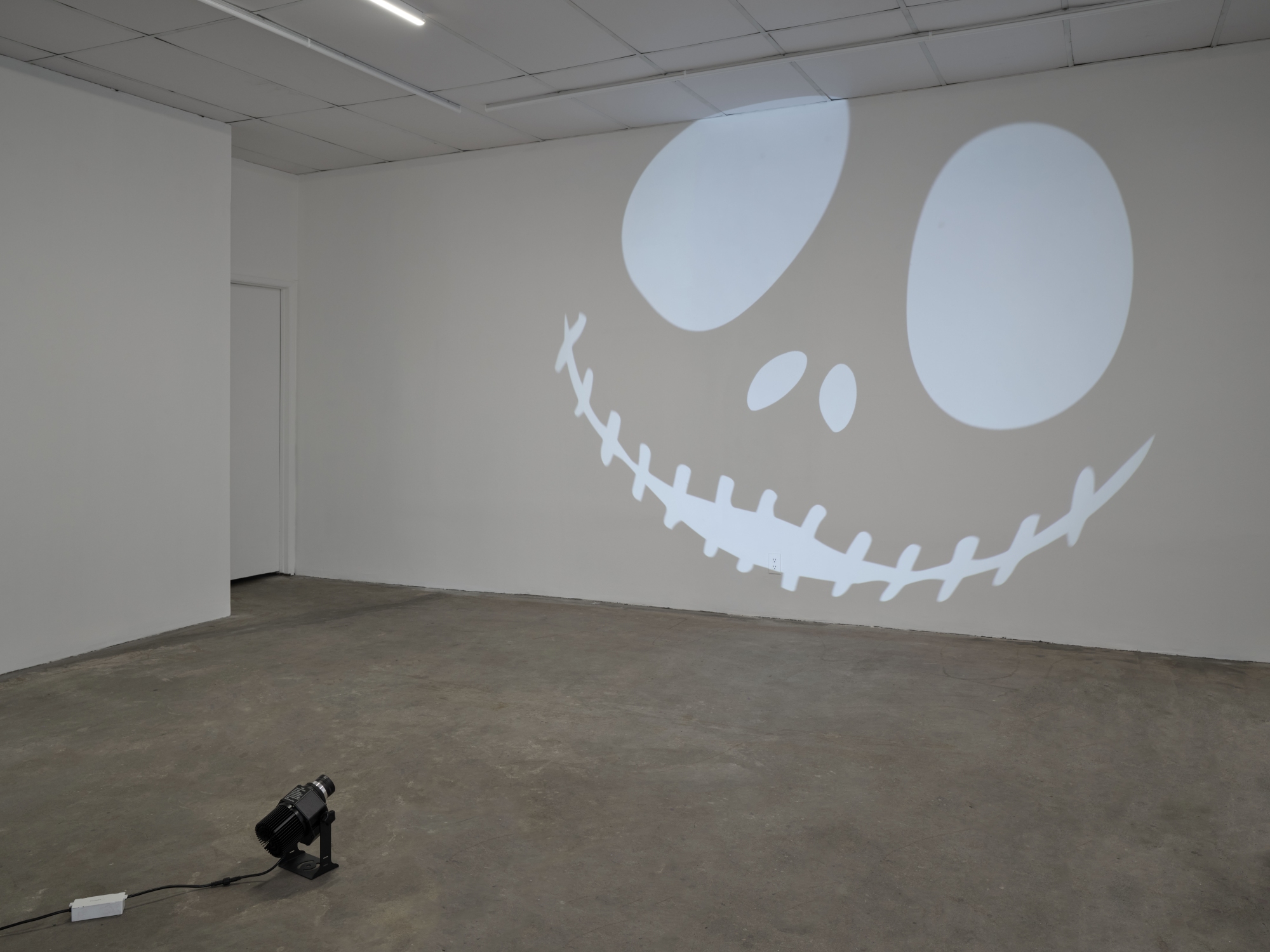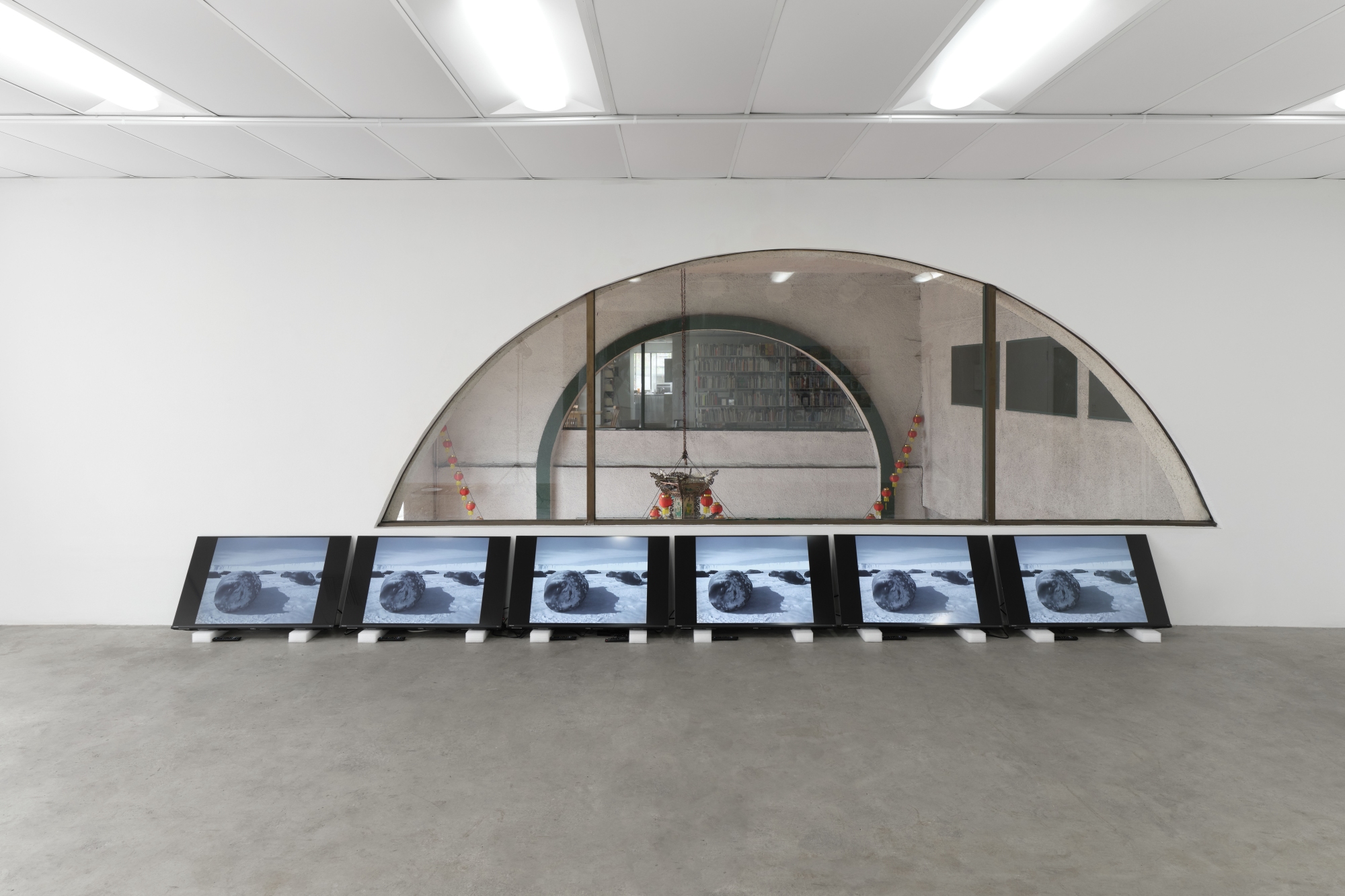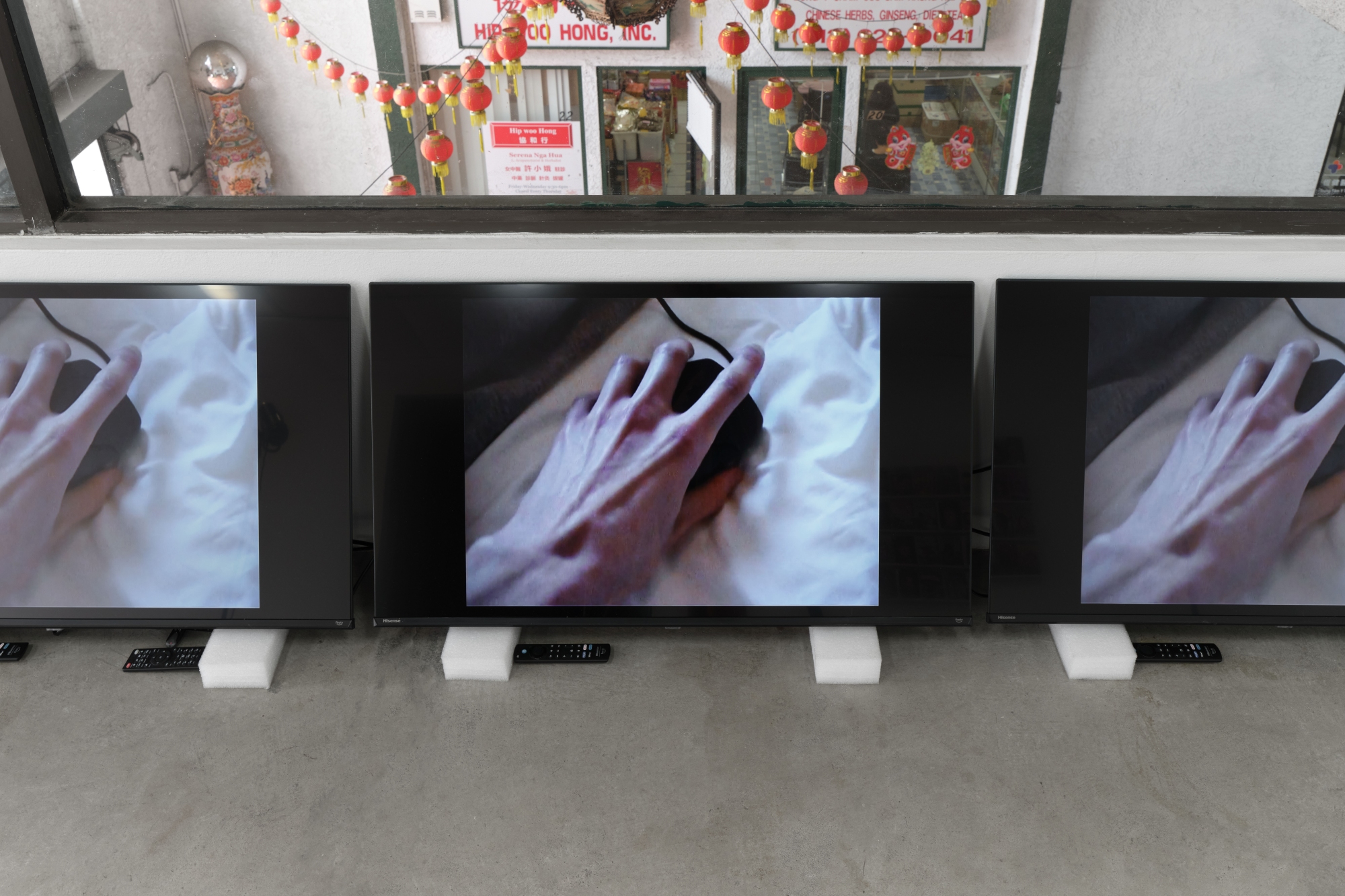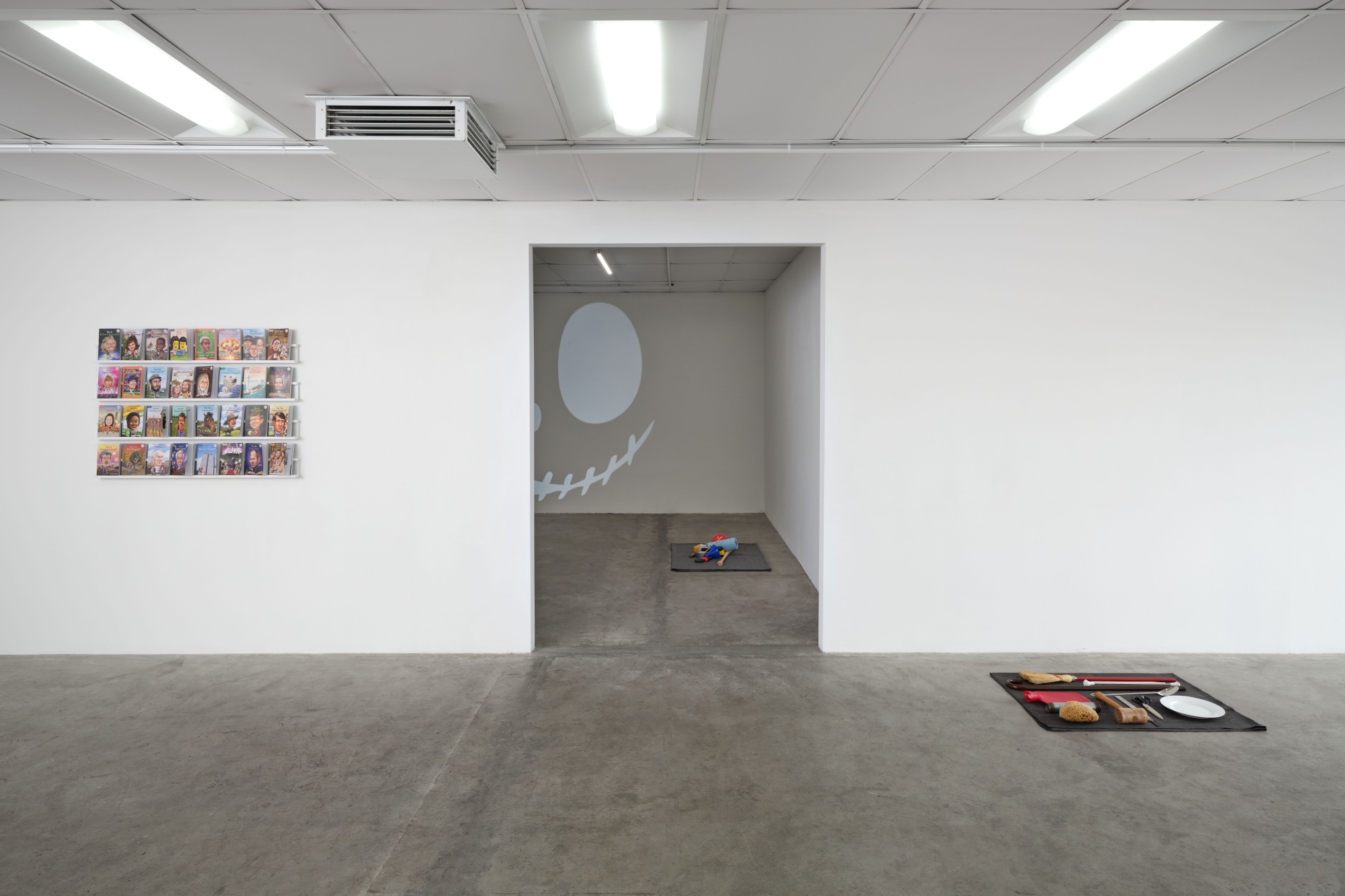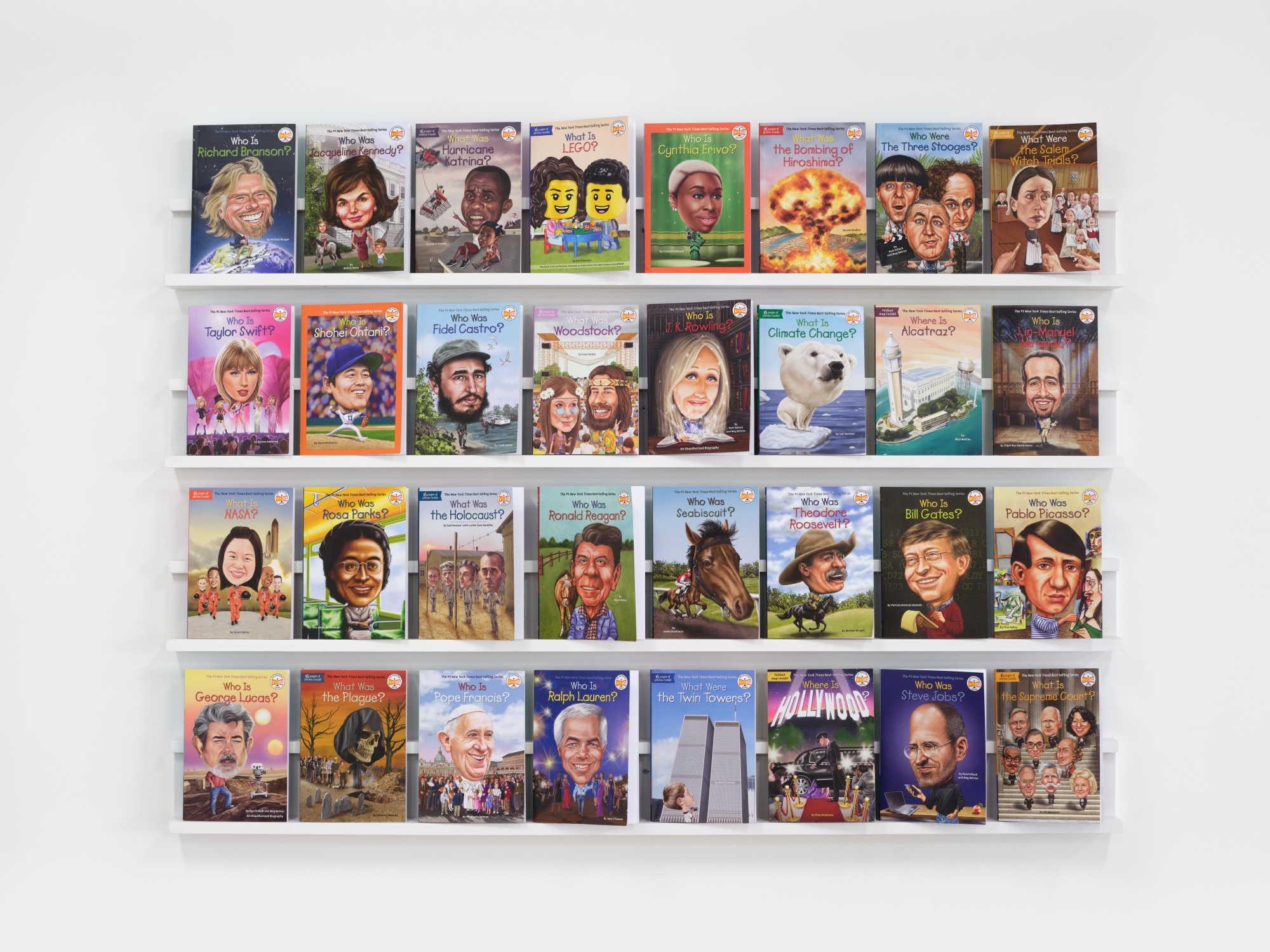
There are no more cities. Festival has replaced them. They haven’t become any funnier for it. Once again, it’s not so much the festivals themselves that I’m talking about, but the progressive, totalitarian festivization of society. Hyperfestivity cannot be summed up in this or that partial celebration, even if the clear tendency to gigantism in most of them, the kind of galloping acromegaly that strikes them, is also a good syndrome to dissect. By itself, no single festival can be considered hyperfestive. Only through the systematic study of the dissolution of human beings into festive animality, only through the analysis of the highly complex and progressive reanimalization of society, can we hope to achieve it. This reanimalization, which is itself inseparable from the hypothesis of the end of history, reveals itself wearing a multitude of masks. And if not everyone notices the phenomenon, it’s because the festive has, little by little, infiltrated each and every one of us; it has slid, so to speak, into our genetic code; it has modified the whole of our perceptions.
There are no more cities because the classic separation between city and festival has collapsed, as most separations collapse, just as the separation between stage and audience collapsed in theatre a while ago, which immediately led to the disappearance of theatre (but not of the audience, who apparently hasn’t realized anything yet). There are no more cities because there is no longer an urban reality that can be considered as anything other than a tourist activity. Everything that lives rushes towards the hyperfestive horizon.
The hyperfestive post-historical era has an ideology, but it doesn’t show itself. You have to look for it. Remarkably, it even eludes being named. The more it acts, the more it erases its own tracks. It’s necessary to seize certain signs and to decipher them in order to reassemble a reality that is three-quarters invisible. The first difficulty stems from the very nature of today’s reality, of its very particular ‘consistency’. If our era is indeed one in which the concrete has given way as a floor collapses, what is concealed by the reigning language is this collapse. The worldview of Homo festivus is a fiction enveloping its own interests, those of the ruling class. Through his seemingly disjointed chatter, he pursues only one goal: he serves his own cause. Ideology, in Marx’s eyes, was a chain of representations designed to make people believe in the illusion of an eternal and ahistorical sociality within historical society. Today’s ideology, on the contrary, consists in making people believe in History within a society that has concretely exited it, and is living new, as yet ill-definable, adventures. Hyperfestive ideology engages in a perpetual operation of dissimulation. It seeks to render its own ahistoricity illegible. It hides the ending. This is its main concern.
– Philippe Muray, extracts from On the Festivized City and On Festivism as Language and Ideology, Paris, February 1998 (translated by Naoki Sutter Shudo)
Clémentine Adou (b. 1988, Paris, France) lives and works in Paris. Solo and duo exhibitions include Tunnel Tunnel, Lausanne; Les Bains-Douches, Alençon; Tonus, Paris; DOC, Paris; Palette Terre, Paris; 76,4, Brussels. Group exhibitions include Lo Brutto Stahl, Basel; Kunstverein Freiburg, Freiburg; Fondation d’entreprise Pernod Ricard, Paris; Lagune Ouest, Copenhagen; Balice Hertling, Paris; La Salle de Bains, Lyon; Treize, Paris; Colette Mariana, Barcelona; Florence Loewy, Paris; Bel Ami, Los Angeles; Shivers Only, Paris; High Art, Paris. Work is in the collections of the Musée National d’Art Moderne – Centre Georges Pompidou, Paris; FRAC Ile-de-France, Paris; FRAC Corsica, Corti.
Lucille Groos (b. 1999, Copenhagen) lives and works in Copenhagen. She studied under Josephine Pryde at Universitet Der Künste in Berlin, at Kunstakademie Dusseldorf and The Royal Academy of Fine Arts in Copenhagen.
Patrick Jackson (b. 1978, Los Angeles) lives and works in Los Angeles. Solo exhibitions include the Huntington Library, San Marino; Hammer Museum, Los Angeles; François Ghebaly Gallery, Los Angeles; Kristina Kite Gallery, Los Angeles; CCA Wattis Institute for Contemporary Arts, San Francisco; Galerie Vallois, Paris; Nicole Klagsbrun Gallery, New York; his apartment, Los Angeles. Group exhibitions include Parker Gallery, Los Angeles; Los Angeles Nomadic Division, Los Angeles; Darrow Contemporary, Aspen; The Finley, Los Angeles; Unclebrother, Hancock NY; Galerie Lefebvre & Fils, Paris; Josh Lilley Gallery, London; CLEARING, New York; Richard Telles, Los Angeles; CAPC Musée d’Art Contemporain, Bordeaux; Cirrus Gallery, Los Angeles.
Morag Keil (b. 1985, Edinburgh) lives and works in London. Solo and collaborative exhibitions include Jenny’s, New York; Ivory Tars, Glasgow, Scotland; Commercial Street, Los Angeles; 100 Bell Towers, Montreal; Galerie Isabella Bortolozzi, Berlin; Reena Spaulings Fine Art, New York; Project Native Informant, London; Institute of Contemporary Arts, London; Real Fine Arts, New York; Cubitt, London, Neuer Aachener Kunstverein, Aachen. Group exhibitions include Friart Kunsthalle, Fribourg; Hammer Museum, Los Angeles; CIRCUIT Centre d’art contemporain, Lausanne; Fondation d’entreprise Pernod Ricard, Paris; Kölnischer Kunstverein, Cologne; Le Consortium, Dijon; Kim? Contemporary Art Centre, Riga; Overduin & Co, Los Angeles; Fondazione Prada, Milan; Swiss Institute, New York; Musée d’Art Moderne, Paris; Weiss Falk, Basel; Drei, Cologne; Centre d’Art Contemporain la Synagogue de Delme, Delme; Kunstverein München, Munich; The Box, Los Angeles.
Chadwick Rantanen (b. 1981, Wausau, Wisconsin) lives and works in Los Angeles. Solo exhibitions include Secession, Vienna; Museo Pietro Canonica, Rome; Standard (Oslo), Oslo; Essex Street, New York; Michael Benevento, Los Angeles; Bel Ami, Los Angeles; Overduin and Co., Los Angeles; Shane Campbell Gallery, Chicago. Group exhibitions include Galerie Maria Bernheim, Zurich; Museum of Contemporary Art Detroit, Detroit; Grazer Kunstverein, Graz; Tanya Leighton, Berlin; Luhring Augustine, New York; CLEARING, Paris; Swiss Institute, New York; Kunsthaus Glarus, Glarus; SculptureCenter, Long Island City; Artists Space, New York. Work is in the collections of the Walker Art Center; ArtNow International, San Francisco; the Minneapolis Institute of Arts; the Albright-Knox Art Gallery; Kadist Art Foundation, Paris.
Bedros Yeretzian (b. 1989, Los Angeles) lives and works in Los Angeles. Solo and collaborative exhibitions include P.E.O.P.L.E., Los Angeles; Diana, Milan; Ivory Tars, Glasgow; 100 Bell Towers, Montreal; Commercial Street, Los Angeles; Reena Spaulings Fine Art, New York. Group exhibitions include Lodos, Mexico City; 3236rls, London; P.E.O.P.L.E., Los Angeles; Blindspot, New York; Coastal Signs, Auckland; Centralbanken, Oslo; Graham Vunderink, Pittsfield; Claude Balls Int, Maison R&C, Marseille.

